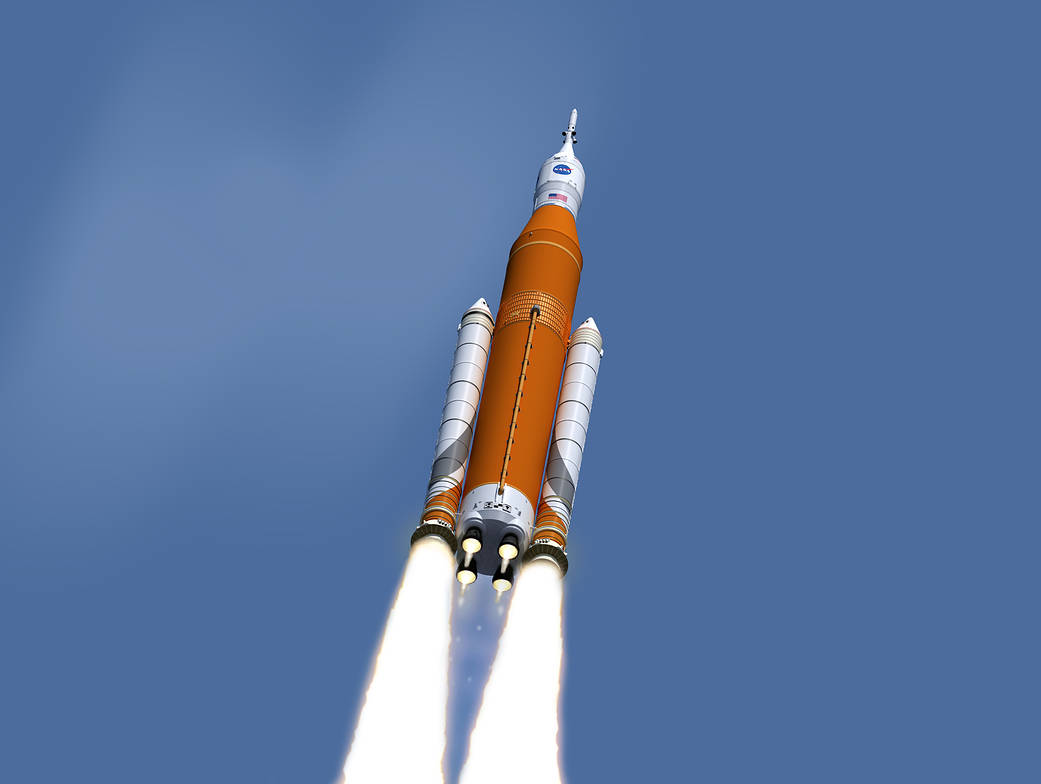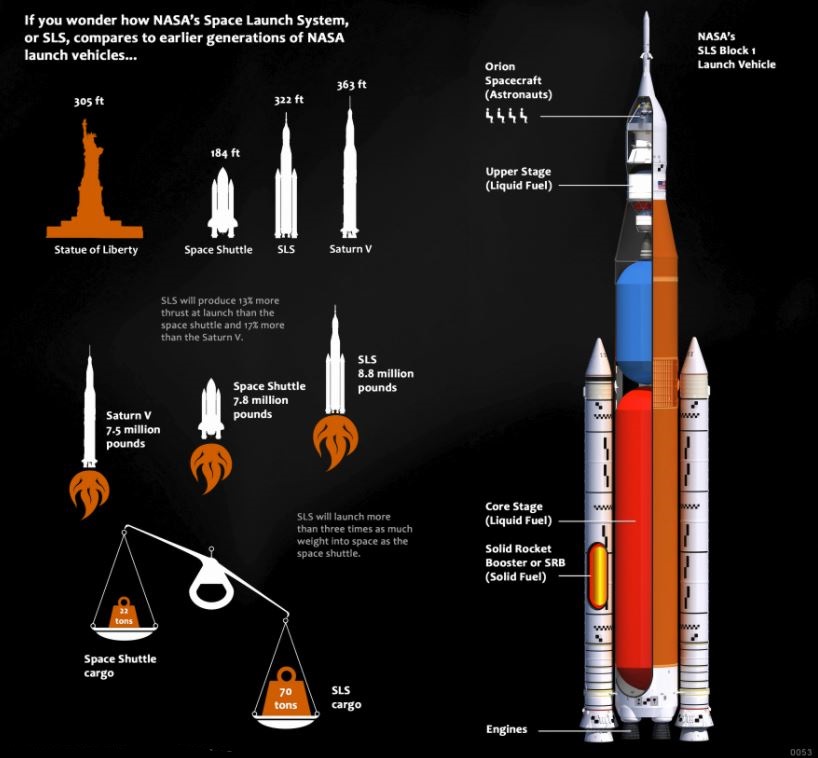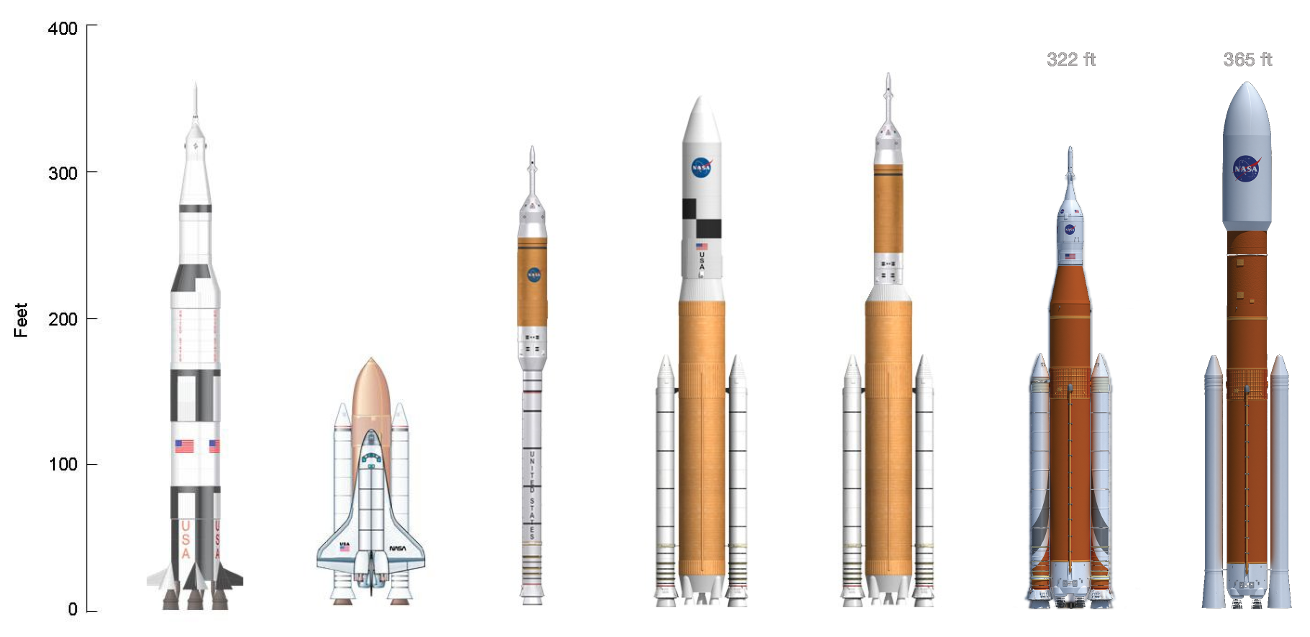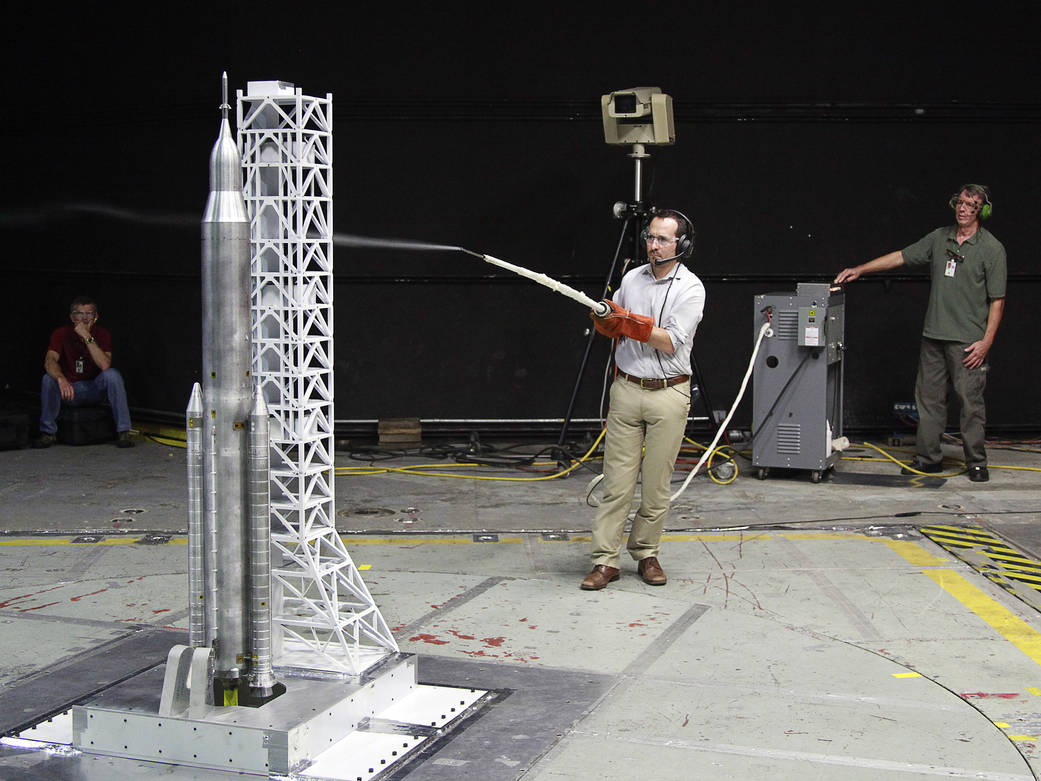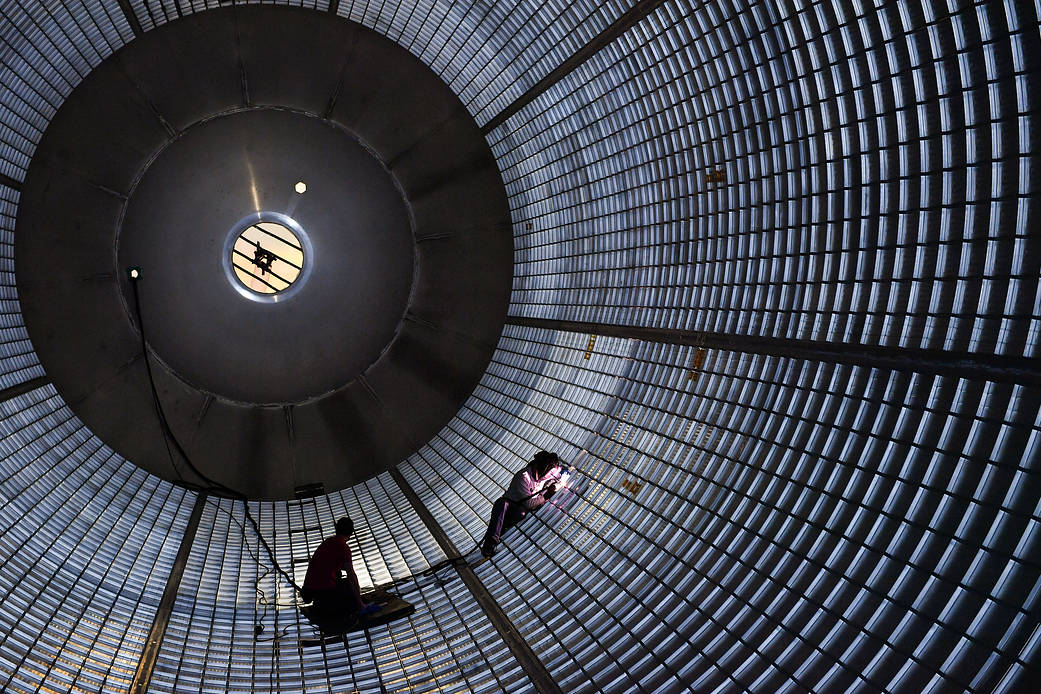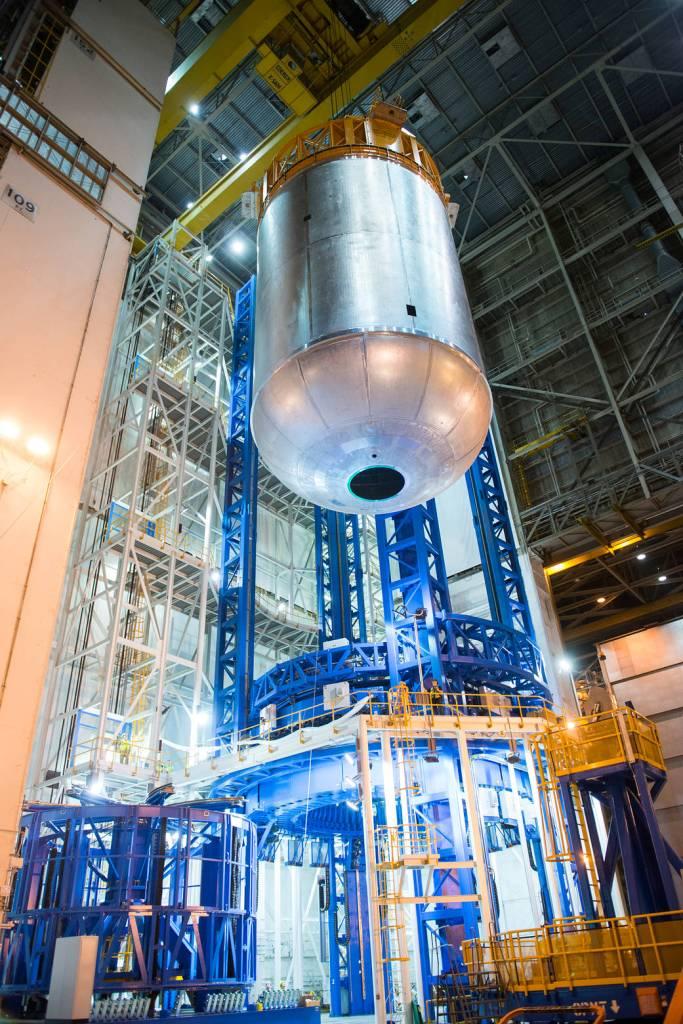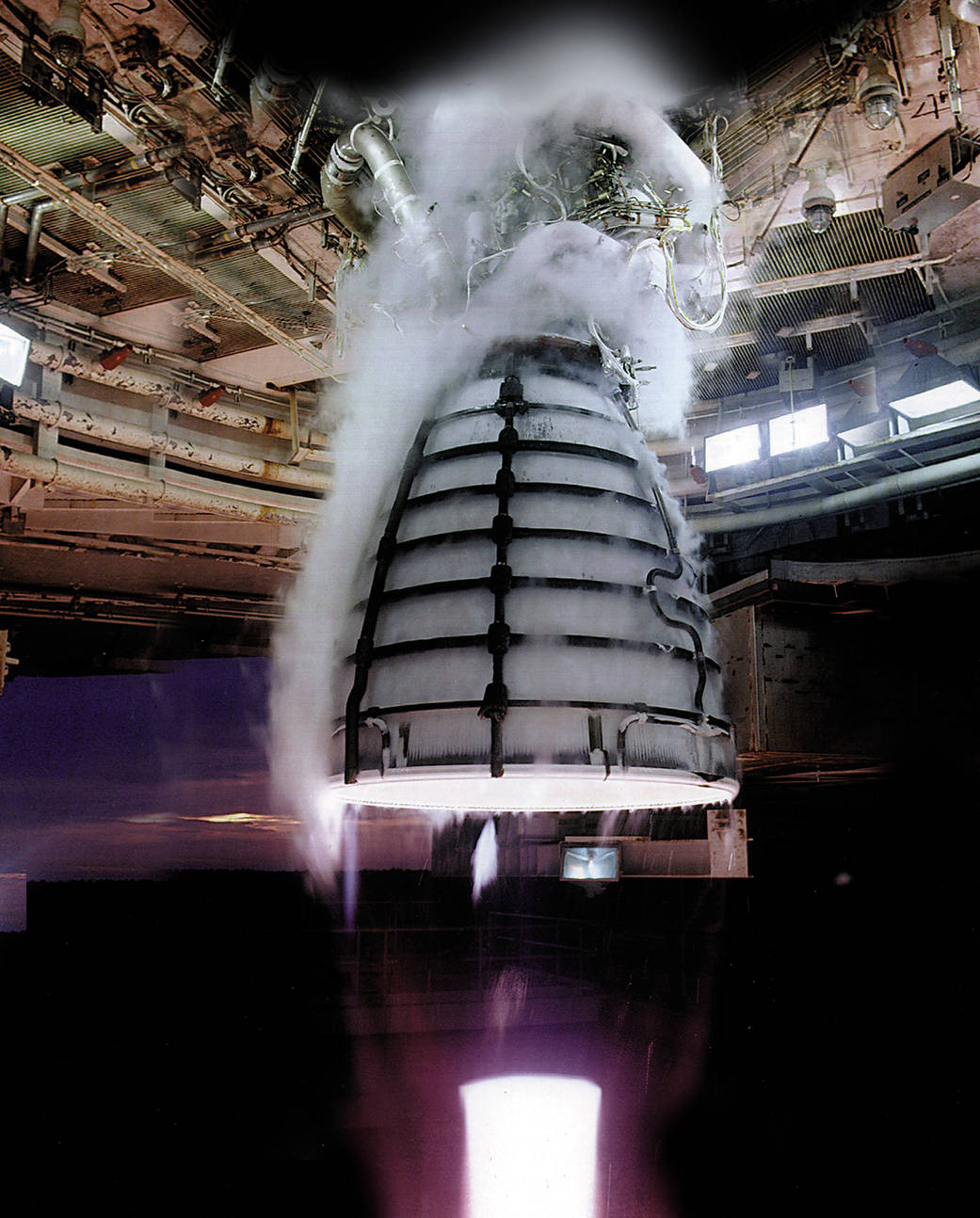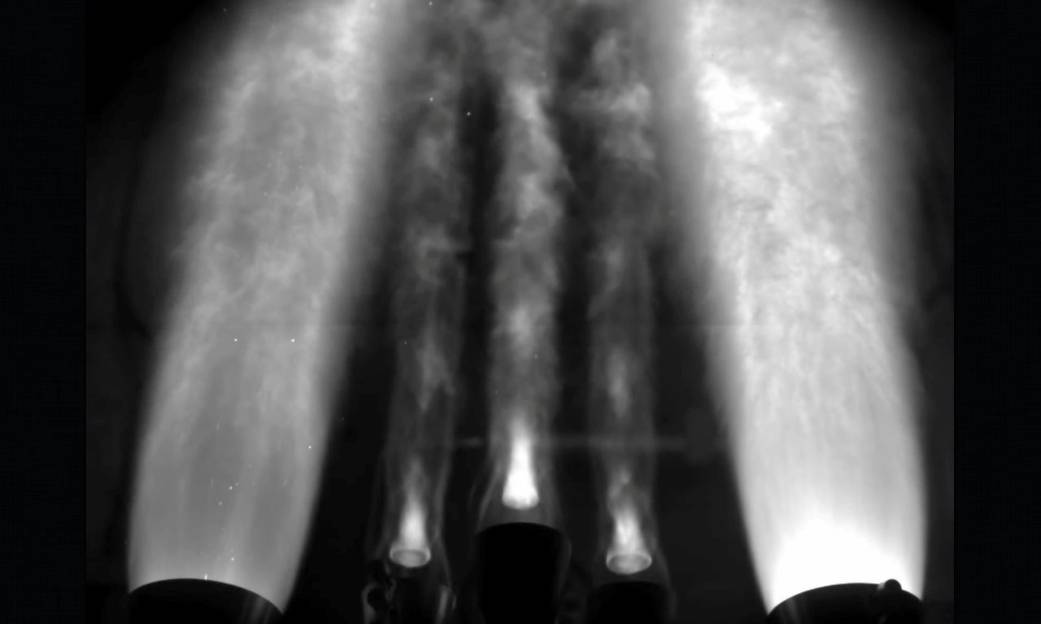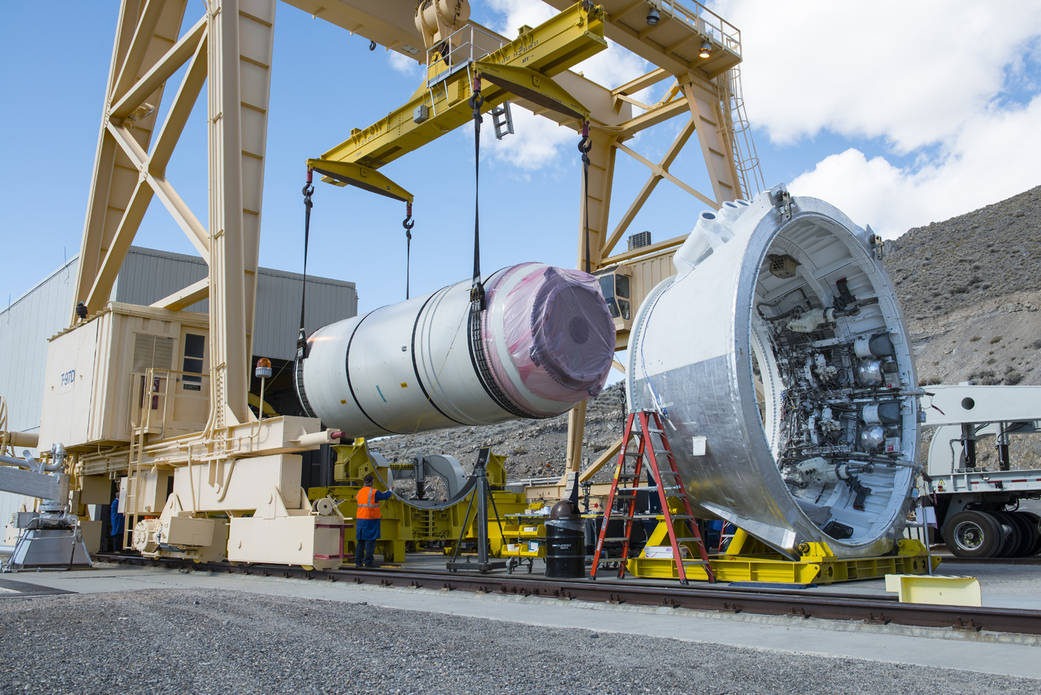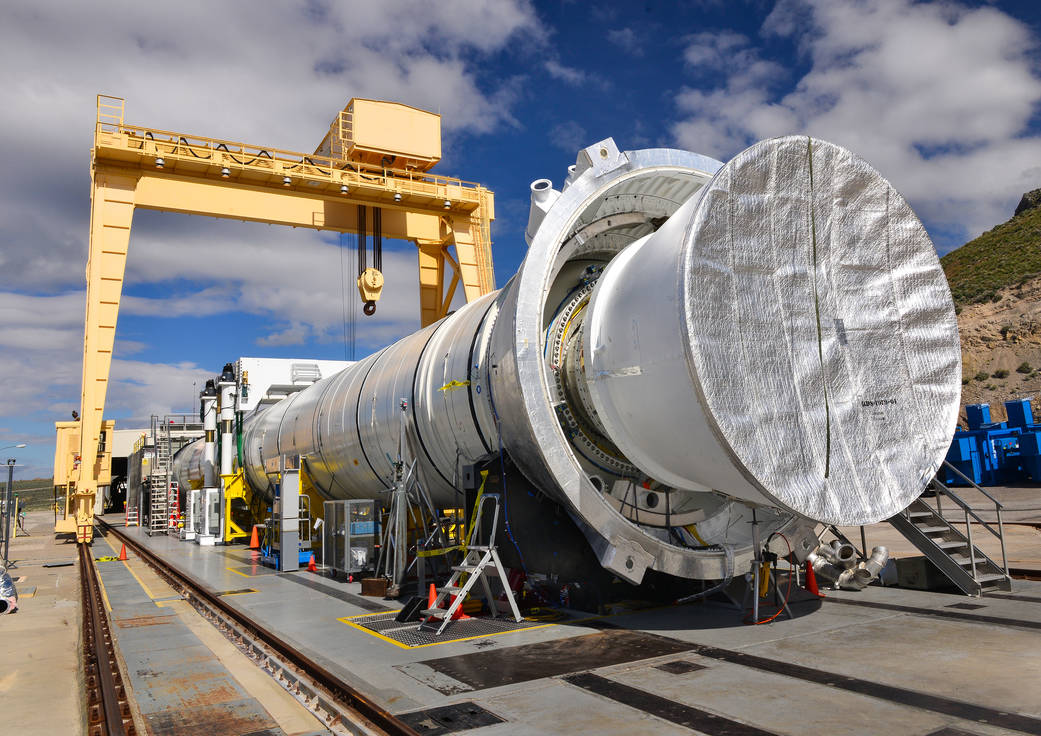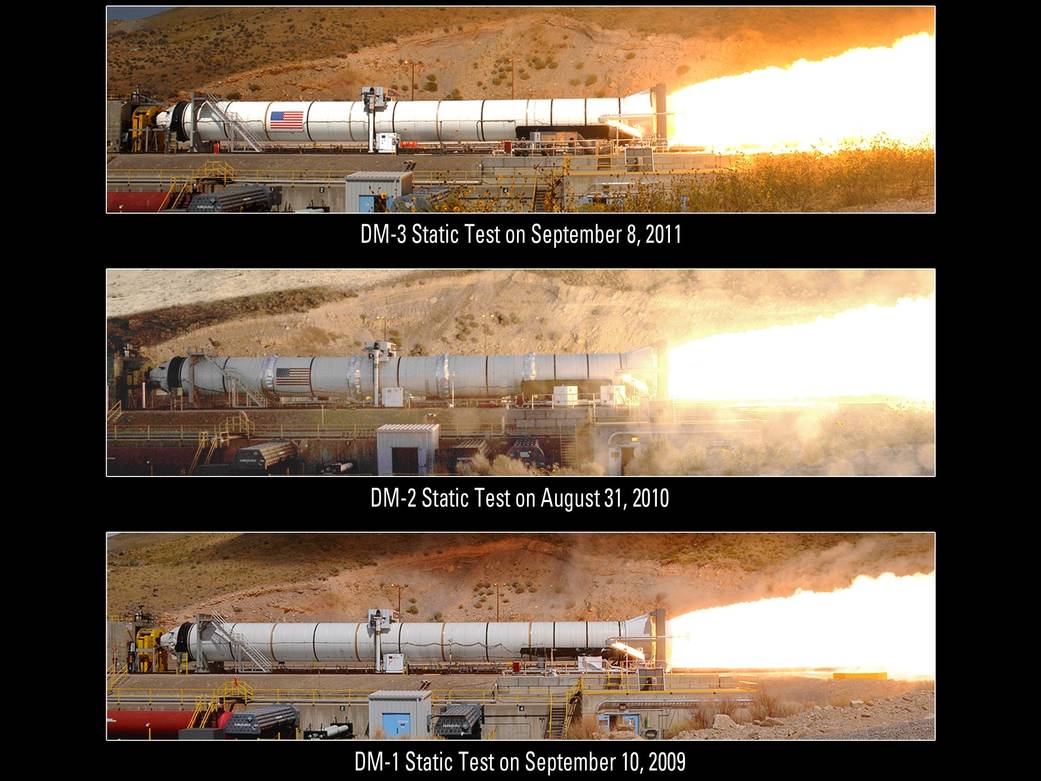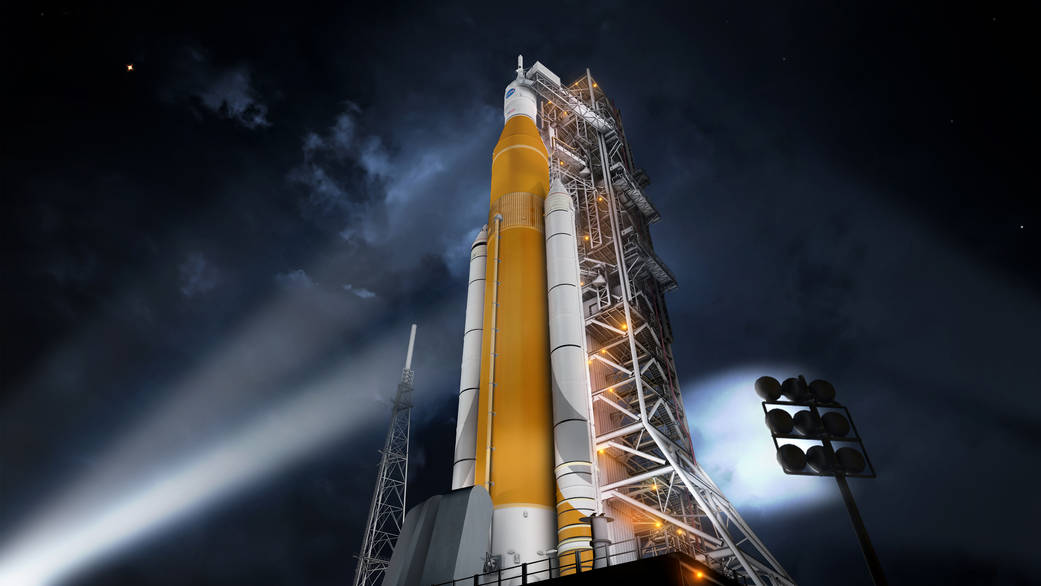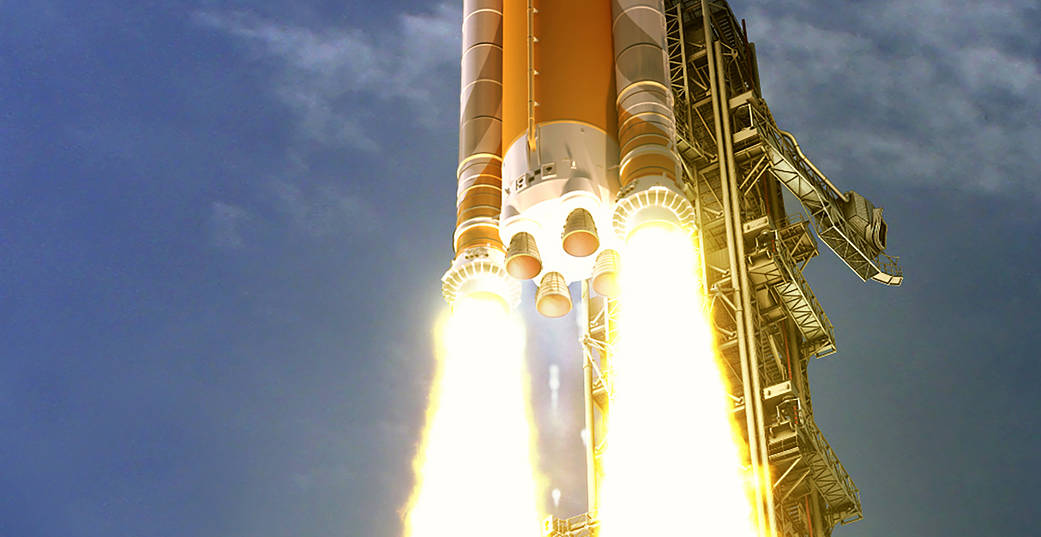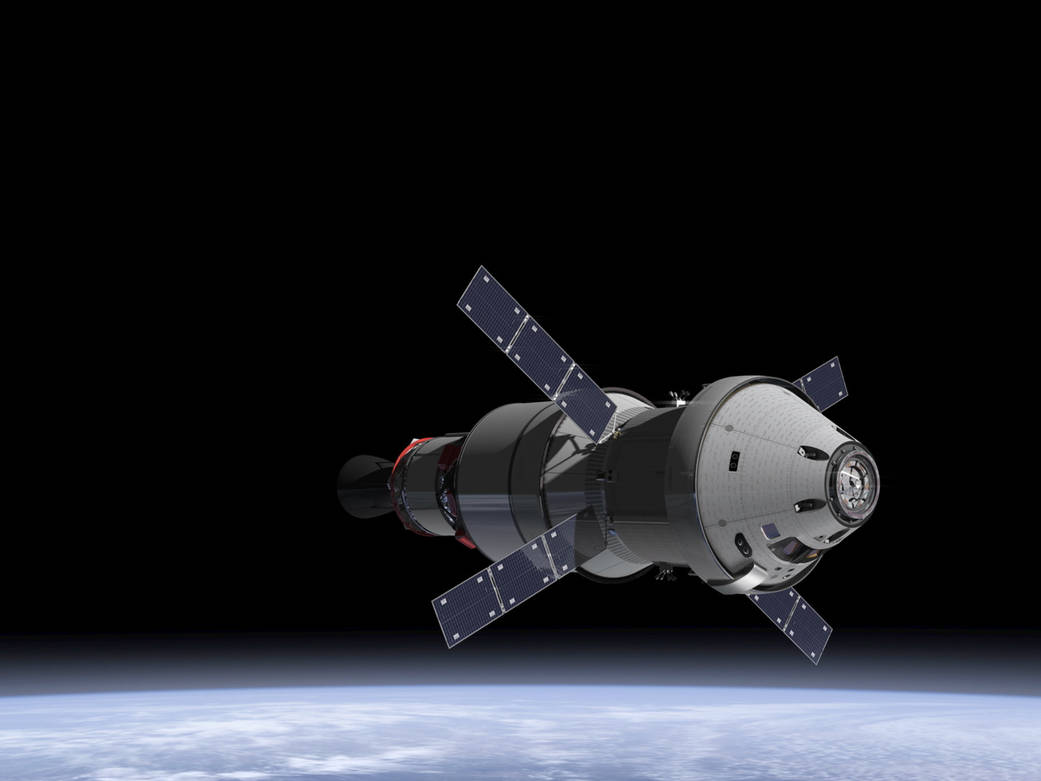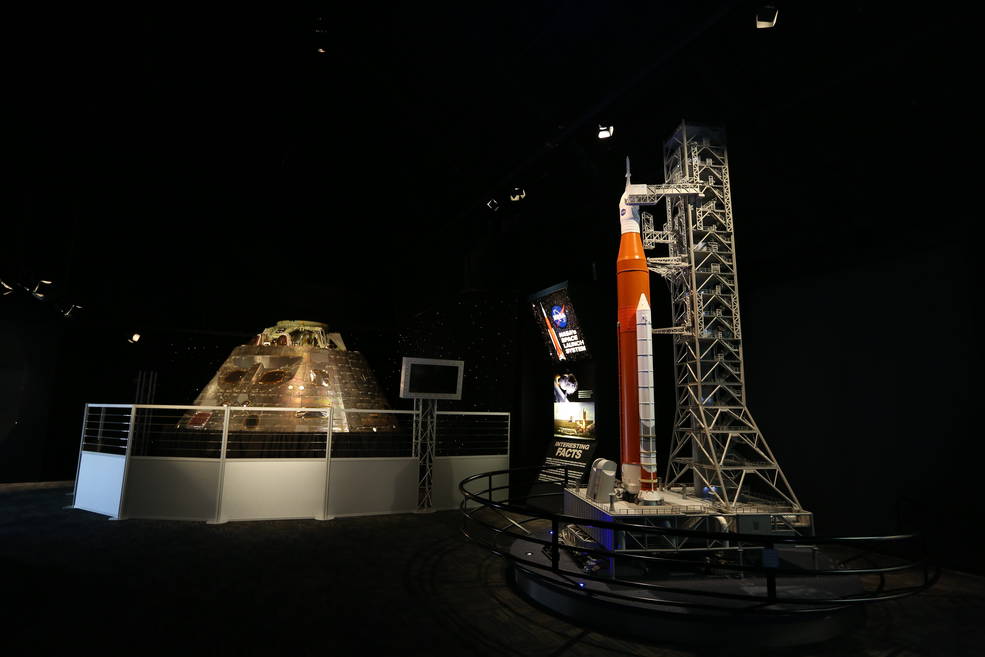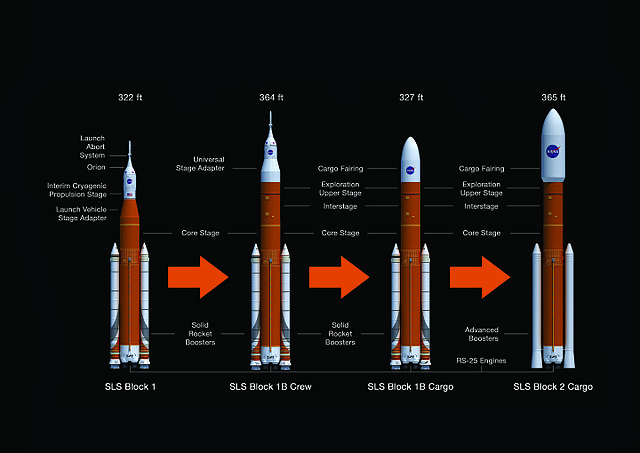Space Launch System (SLS) – NASA Returns To Deep Space!
NASA’s New Monster Rocket
The Space Launch System (SLS) has had a complicated development history after it was chosen to succeed the cancelled Constellation program in 2010. The SLS has been designed as an expendable rocket for NASA to perform crewed space exploration missions beyond low Earth orbit to the Moon and eventually manned missions to Mars. Once complete, it will be the most powerful rocket ever launched.
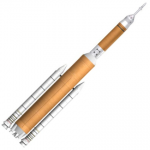
Deep Space Means Big Rockets!
Following the cancellation of the Constellations program and the retirement of the Space Shuttles, NASA’s new mandate was to resume deep space exploration with the eventual goal of manned landings on Mars. To achieve this NASA needed a super-heavy launch system class rocket so the SLS was designed to utilize existing Shuttle technology to carry large payloads into low Earth orbits and beyond. The SLS will primarily launch the Orion Crew module, space travel hardware and may support trips to the International Space Station (ISS) as well if required. There have been calls for the program's cancellation due to cost overruns and delays as the commercial space services industry continue to potentially offer better value for money regarding spaceflight.
Coolest Facts About NASA’s Future Deep Space Rocket
- The initial version of the SLS will be the most powerful rocket ever flown with a combined thrust of 8.8 million lbf of thrust – about 30% more than the Space Shuttle and 13% more than the Saturn V!
- At a height of 98 m (322 ft) the initial version of the SLS (Block 1) will be taller than the Statue of Liberty with the final version, the Block 2, planned to be 111.3 m (365 ft) high – 2 feet taller than the Saturn V!
- At liftoff, the initial SLS will have a combined weight of 2,600 tonnes (5.75 million lbs) – equivalent to 8 fully-loaded 747’s! The Block 2 version will be 15% heavier again!
- The SLS version Block 1 & 1B will utilize similar strap on Solid Rocket Boosters (SRBs) to what the Space Shuttle used, but the advanced SRBs will be lighter yet be longer and provide 25% more thrust!
- The SLS core stage will be 8.4 m (28 ft) in diameter and will be full of liquid hydrogen and liquid oxygen which will burn to produce steam!
- The core of the rocket will use four RS-25 engines left over from the Space Shuttle, before later versions of the rocket will use cheaper no reusable engines.
- The cost per launch of the SLS is estimated at a whopping $500 million, but still less than the estimated $1.2 billion per launch of the Saturn V in today’s money.
- As of the end of 2016, NASA has spent nearly $10 billion dollars on the development of the SLS with even more spent on developing the Orion spacecraft.
- The initial version of SLS will be able to lift 70 tonnes to low Earth orbit and will be progressively upgraded to the Block 2 version capable of lifting a mammoth 130 tonnes!
- The first launch of the SLS on Exploration Mission 1 (EM-1) is planned for June 2020, which will be the most powerful rocket launch since the Saturn V last launched!
